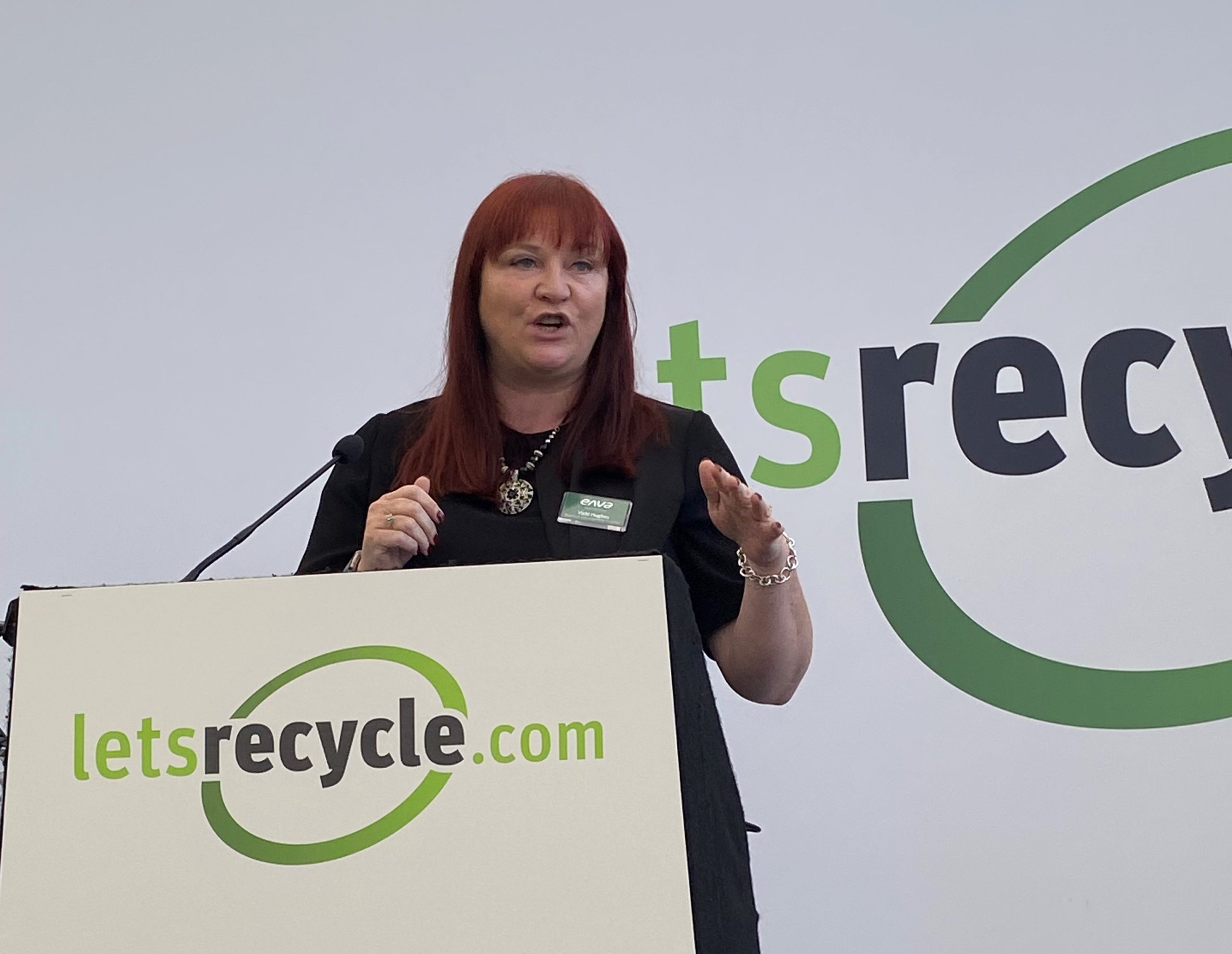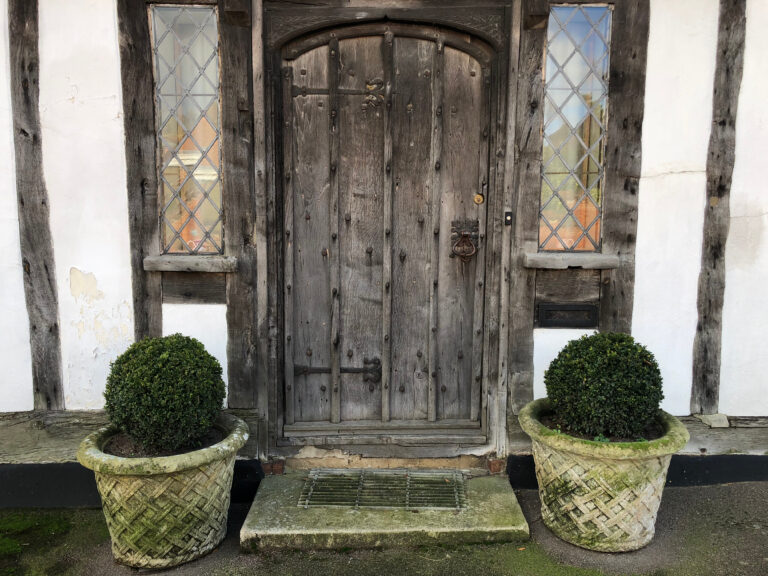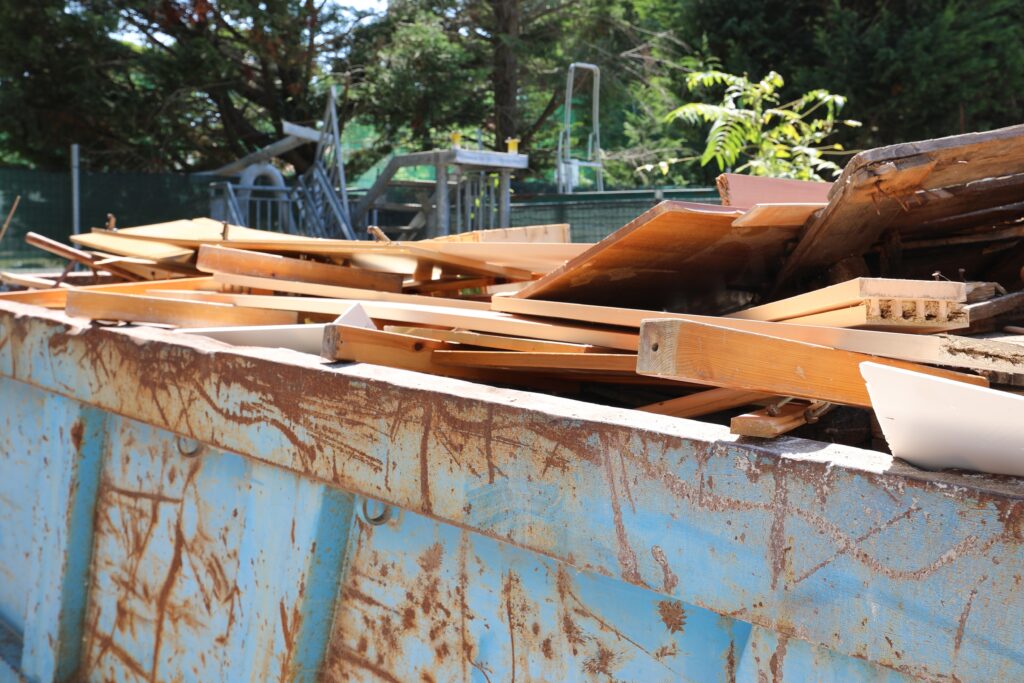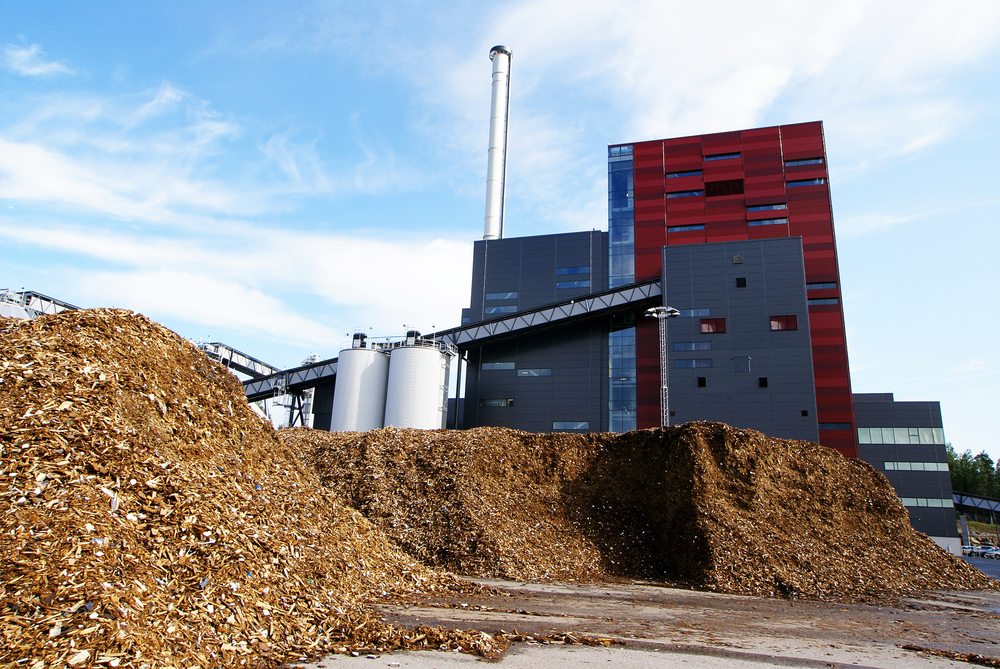Introduced in July 2021, RPS 250 currently allows potentially hazardous ‘amber’ waste wood items from the construction and demolition waste stream to be moved and processed as non-hazardous.
The Environment Agency will be ending this on Friday, which means ten waste wood items from pre-2007 buildings can no longer be processed as non-hazardous, unless sent off for a test to show they are not.
These items are: Barge boards, external fascia, soffit boards, external joinery, external doors, roof timber, tiling cladding, tiling battens, timber frames and timber joists.
Queries
As the deadline approaches, the association said it has been “inundated with queries” from those handling demolition waste wood about how to prepare for the change, “with many confused about what to do or how it will impact their businesses”.
In response to this, the WRA is advising businesses to:
- Ensure their procedures, protocols and staff are up to date ahead of the September 1st deadline so they reflect and understand the changes
- BUT bear in mind that the changes only relate to ten specific items from 1950-2007 buildings – so it’s not all waste wood items
- This material has up until now been treated as non-hazardous and has a hazardous content estimated at less than 1% of the waste wood stream
- This volume of material can be reduced even further if businesses submit samples for testing. Using WRA02 test suite will also reduce costs for any businesses
- It is critical that all results are shared with the WRA to broaden our evidence base – all laboratories will do this, but they need to be asked to
- There are lots of resources available from the WRA to help, including this Toolkit which now includes an updated FAQ
The association will also be on hand at the RWM Expo, taking place on 13-14 September at the Birmingham NEC on stand R-N211 to answer any questions.
‘Tirelessly’
Vicki Hughes, technical lead on the WRA board, said: “We have been working tirelessly at the WRA, for the past five years, to reduce the impact of this change on the industry and to prove that the vast majority of waste wood is non-hazardous. Thankfully now only ten items are left to classify, but in the absence of the correct number of samples these will soon be deemed potentially hazardous.

“So we urge businesses to take as many samples of these amber items as possible so we can reduce this number even further. Importantly, these samples must each be individual items, from different wood types on different sites and the results must be shared with us at the WRA. A Quick Guide is also available to ensure the samples are taken correctly.”
“Through testing we can reduce the profile of what is classed as hazardous dramatically, saving businesses money and ensuring that as much material as possible is recycled.
“We have a number of resources available which can offer clarity on what exactly it is you need to do. By using these you can help ensure this material is not simply classed as hazardous and sent for expensive hazardous disposal, risking thousands of tonnes of valuable material being lost, when in reality only a very small proportion is, with the bulk of all waste wood still non-hazardous.”










Subscribe for free